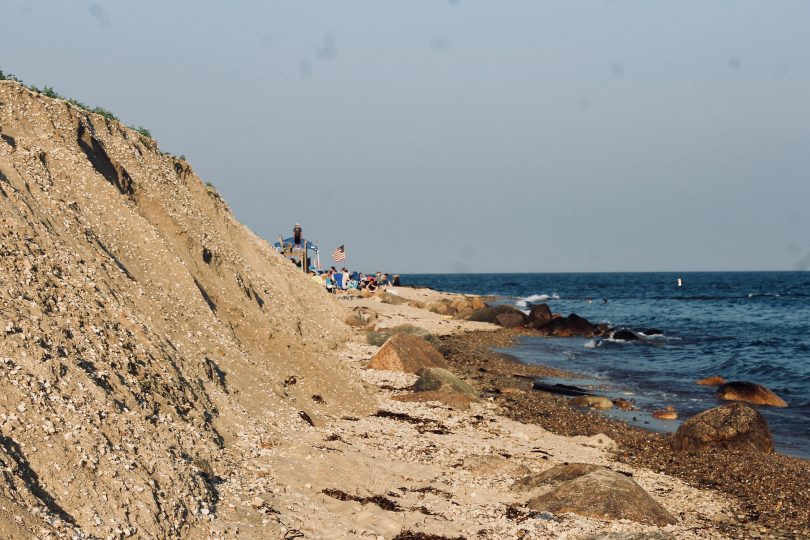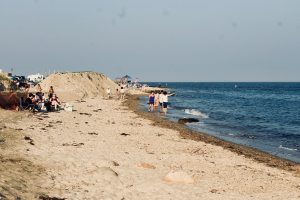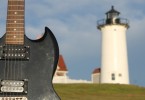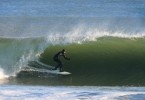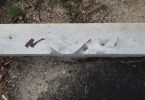EAST FALMOUTH – When Bruce Mogardo, 70, now the Falmouth Beach Superintendent, was a boy in the 1950s on Menauhant Beach with a makeshift fishing rod made from a floating house shingle, he said, the beach was 150 feet wider than it is now.
While life for kids and their ubiquitous electronic gadgets on Menauhant Beach is certainly different these days, the beach itself has changed even more dramatically.
Eric Turkington, 70, a former Falmouth selectman and former state representative who was a parking lot attendant at Menauhant Beach in 1966, said, “It’s changed a lot… This particular location has always been a pressure point for coastal erosion.”
In other words, Menauhant Beach is slowly disappearing. “Today, it is probably one-third the size that it was 15 or 20 years ago,” said Raymond Jack, director of the Falmouth Department of Public Works.
The question now is, can humans out-engineer nature?
“In the long term, no,” said John Ramsey, principal coastal engineer with Applied Coastal Research of Mashpee, the firm tasked by the town with designing plans to fortify the beach.
But the plan is to buy 75 years with some coastal engineering, and then re-assess along the way.

